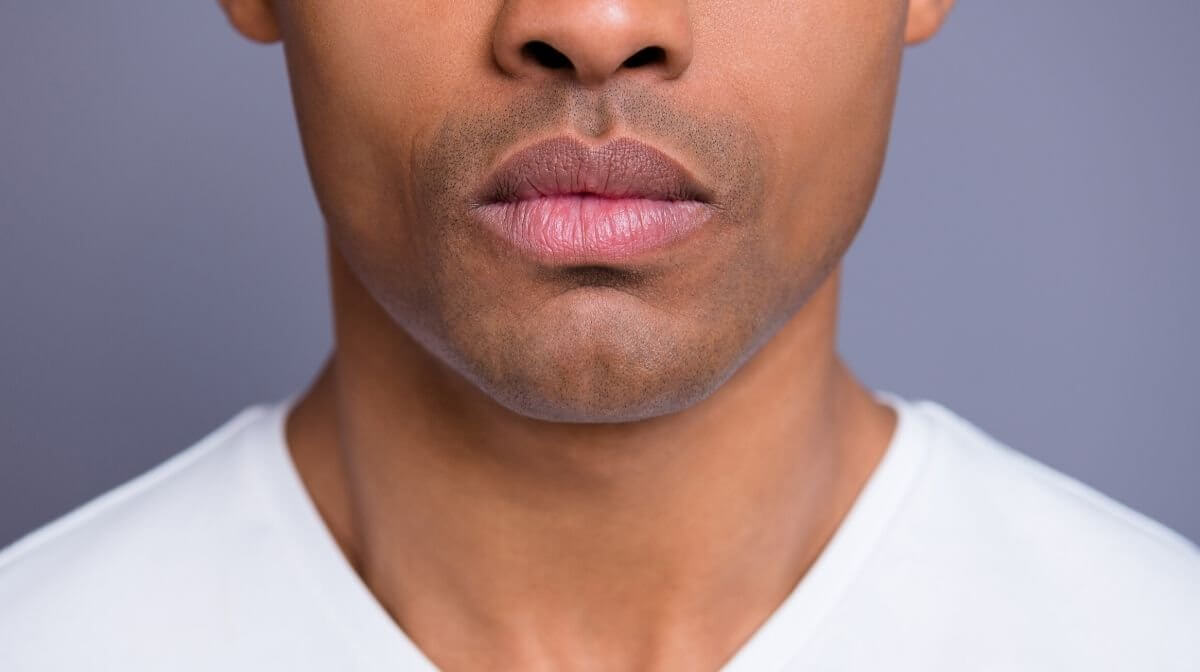
Shaving cuts can be painful, and they can ruin the smooth, smart appearance you were going for - not to mention a white shirt. But nicks and cuts from shaving can be easily avoided too - you just need to use the right tools and the right technique.
Pressing too hard with the razor, shaving against the grain on sensitive skin, and dull razor blades are just a few of the factors that can make shaving cuts more likely.
At Gillette, we have over 115 years of experience in helping men to shave, so we’ve learnt a thing or two about how to prevent shaving cuts. Here’s our best advice:
Are You Using the Right Razor?
Using the right kind of razor is a key factor in reducing your risk of shaving cuts. Ultimately, it should be your razor that’s doing most of the work, not your hand; our Gillette SkinGuard Sensitive Razor is specially designed to absorb some of the pressure from your hand, for a gentler glide across your skin.
With extra lubrication between your skin and the blade, this razor provides added protection during shaving to help reduce your risk of shaving cuts, irritated skin and razor bumps, making it ideal for shaving sensitive skin.
Alternatively, the Gillette ProGlide Razor has innovative FlexBall technology in its handle, which makes navigating the contours of your face much easier, again reducing your risk of nicks and cuts.
Use the Right Shaving Products
Wet shaving will helps to minimise your risk of shaving cuts, with the action of rubbing your skin while you’re washing your face helping to release any trapped or ingrown hairs. Steam can have the same effect, which is why it’s often recommended to shave in the shower.
It’s also important to use the right shaving cream for your skin type to guarantee the smoothest razor glide.
If you’re using the SkinGuard Sensitive Razor, our SkinGuard Men’s Sensitive Shaving Gel is ideal for providing you with even more protection during shaving. Our Fusion 5 Men’s Ultra Sensitive Shaving Gel is also a great option - it features our Ultra Comfort Complex for a soothing feel while you shave.
Master Your Shaving Technique
It’s not just what you use to shave that can influence your risk of nicks and cuts, but also how you shave.

If you’ve been experiencing a lot of shaving cuts or your skin’s particularly sensitive, make gentle, downwards strokes with your razor, and try to shave with the grain (that’s in the same direction that your facial hair grows). This should help to reduce your risk of shaving cuts, ingrown hairs and razor burn.
Always Use a Fresh Blade
It’s one of the most common shaving myths that sharp razor blades will nick your skin. In actual fact, it’s dull or damaged blades that are more likely to lead to cuts.
Joining Gillette’s shave club means you can make sure you’ve always got a fresh supply of sharp razor blades, as you can choose to have new blades delivered to your door as often as you need them.
There’s no commitment, as you can cancel at any time, but it means you can say goodbye to the worry of being left with just one dull blade when you’re getting ready for a big day.
Top tip: never tap your razor on the edge of the sink or wipe it on a towel in between strokes to help stop it from becoming damaged. You should rinse your blade after every few razor strokes.
Sign up for a shaving subscription with Gillette today.
How to Stop Shaving Cuts from Bleeding
So now you know how to prevent shaving cuts, how can you stop them from bleeding?
The key is to apply pressure to the cut using a warm flannel or cloth as soon as possible after the cut happens to stem the flow of blood.

When bleeding has stopped, apply an aftershave balm or moisturiser to soothe your skin. A little bit of stinging is to be expected, and we recommend including this step as part of your post-shave routine, even if you’ve successfully swerved any shaving cuts.
Bear in mind that balms tend to be gentler than lotions, so use a product like our Gillette Aftershave Balm if you have sensitive skin.
Discover more about the best way to shave sensitive skin.










